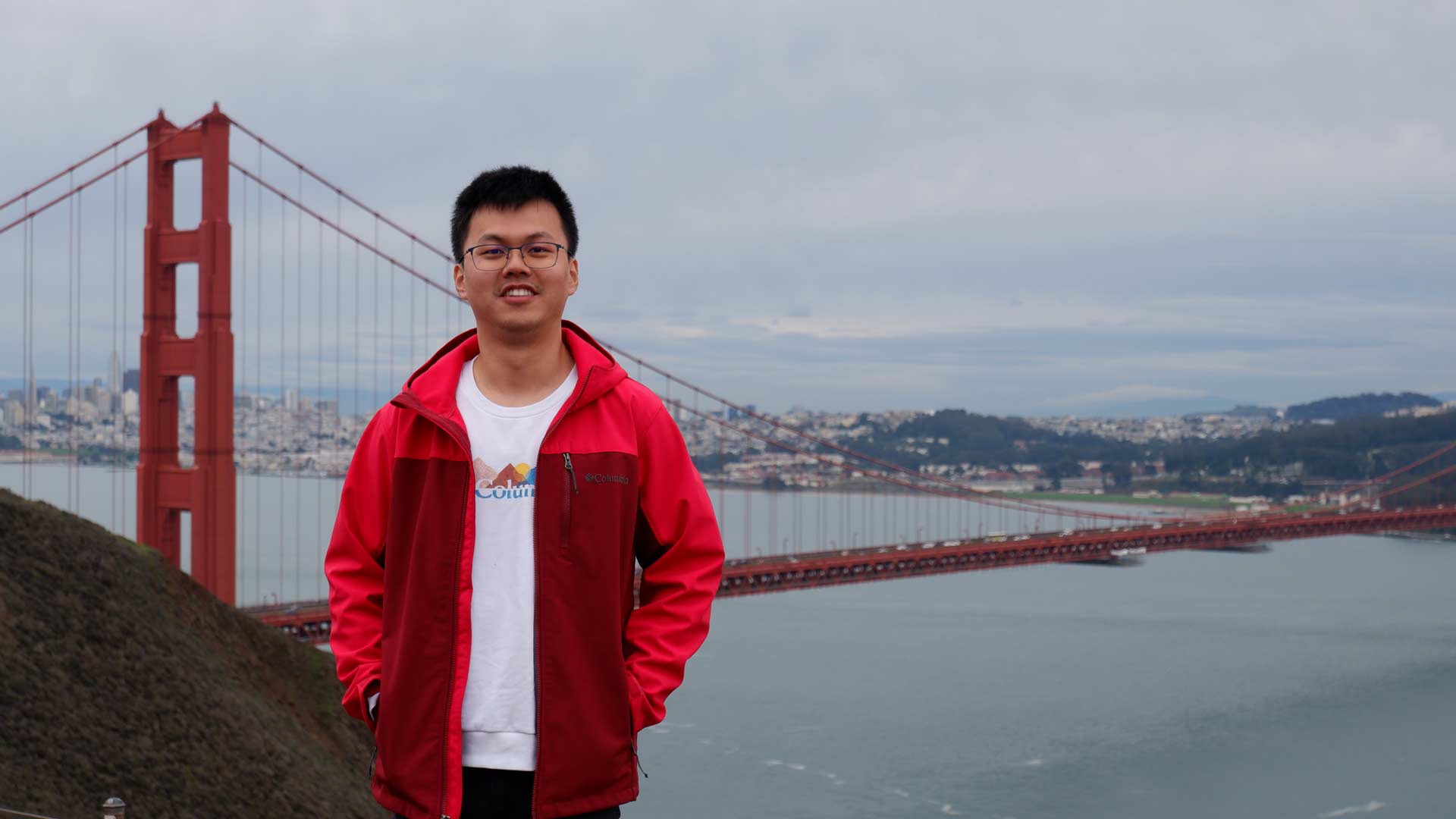
ASU researcher awarded Mistletoe Research Fellowship

Arizona State University mechanical engineering doctoral researcher Tengteng Tang is taking his passion for research and advancing 3D printing technology to the next level with support from the Momental Foundation’s prestigious Mistletoe Research Fellowship, or MRF.
The fellowship offers a professional development program that provides research grants and training to postdoctoral fellows and advanced doctoral candidates. The MRF awards individual $10,000 grants to support university-based research activities, including participation in the MRF Startup Collaboration, enabling fellows to work remotely with business venture startups to solve specific science or technology challenges. Tang is one of only 24 winners chosen from more than 300 applicants from the U.S. and Singapore.
The grant will provide him with flexible support to explore 3D printing techniques inspired by materials and structures found in nature, a method known as biomimicry, while also prioritizing sustainable practices.
“I see this fellowship as a perfect platform to make meaningful contributions to cutting-edge advanced manufacturing projects and collaborate with esteemed researchers,” Tang says.
The Mistletoe Fellowship is not the only accolade Tang has received in recent years. In 2022 and 2023, he earned numerous awards and grants from Arizona State University’s Graduate and Professional Student Association for outstanding mentorship, research and leadership, as well as multiple Jumpstart Research Grants.
Tang also received international recognition by winning the Chinese Government Award for Outstanding Self-financed Students Abroad, as well as several Best Paper Awards at multiple science and engineering conferences.
Ambitious research pursuits
Tang says he draws inspiration from the impressive functionality of natural organisms, such as how water promotes the release of seeds from seed pods. He notes that his career path has been shaped by exploring the functionality of the structures and biomaterials evolved by these organisms to adapt to harsh conditions.
Throughout his graduate career, Tang has conducted a study to understand how electric fields can influence the microscopic distribution of nanofillers during 3D printing.
Through his research, he concluded that modulating the electric fields will improve the manufacturer’s control over porous materials during printing by tuning phase separation during photopolymerization, enabling the creation of 3D-printed materials with programmable arrangements of porous structures.
He says those structures exhibit excellent performance in water-based processes such as harvesting water from air and sewage treatment.
“These contributions will make a significant impact in the fields of integrated functional devices and environmental sustainability,” he says.
Recalling when he was notified about the fellowship award, Tang says he felt one step closer to conducting independent research and fulfilling his dream of becoming a research-oriented university faculty member.
Planning for the future
Tang sees winning the fellowship as a major step forward in his career and an exciting opportunity to expand on his work. He plans to focus on modeling the distribution of functional particles arranged by liquid crystal templating and establishing governing equations that relate material properties to printing parameters.
“The blueprint for my future directions involves advancing the field of 3D printing and unlocking new possibilities for the design and manufacture of biomimetic functional materials and structures,” Tang says. “In the coming years, I aim to address fundamental research questions on how physical fields, such as electrical and acoustic fields, can be integrated to tune the shape and properties of printed structures.”
Tang expresses gratitude for the guidance provided by his mentor, a Fulton Schools mechanical engineering assistant professor Cindy Li, citing her comprehensive support and inspiring ideas that have been invaluable throughout his academic journey. As a Mistletoe Fellow, he aspires to propel the laboratory’s research endeavors, mentor other students and engage in additional studies to help advance his career aspirations.



































